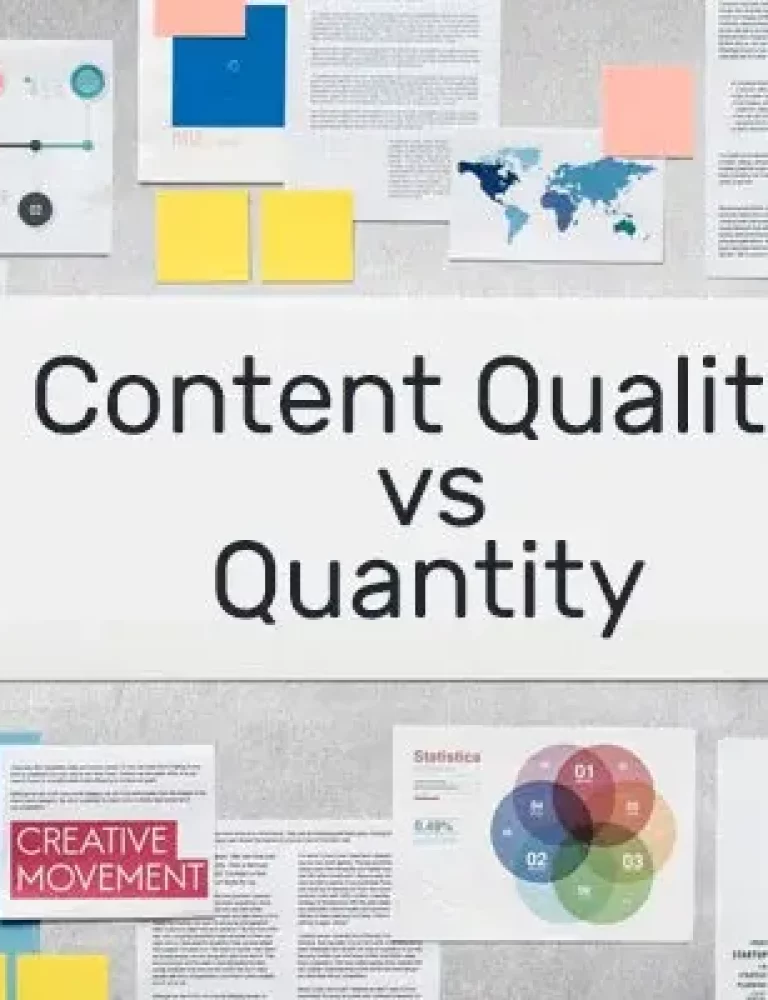Creating and selling eBooks is a part of the digital publishing strategy for publishers as well as enterprises. Publishers are targeting wider audiences and an extended reach across different demographics and geographies with eBooks.
Creating and selling eBooks has become a major part of digital publishing and outreach strategies after the introduction of online eBook marketplaces like Amazon, Barnes and Noble and iBooks. Seeing the potential audience these platforms can reach, publishers have in recent times started laying emphasis on creating eBooks and selling them through these platforms.
The task of creating and selling eBooks is easy if one knows the steps and follows them diligently.
10 Simple Steps to Create and Sell eBooks Online -
Step 1: Plan your Ebook and it's Audience
Who will read your eBook? What is the topic? How will your eBook answer your readers’ questions?
Answering these basic questions will give you the right direction while creating, and selling your eBook
- Target audience – Businesses launch a product to address a need of the target audience. Research on which kind of eBook is bought and in demand can give you an idea of who is the target audience what do they expect.
- Selecting a topic for your eBook – This is a blend of your expertise and, how the content you write will provide value to the readers. eBooks are mostly addressed towards solving a problem or entertaining through fiction. You should write on a topic that has potential buyers.
- The information you provide – the Internet is full of information; one can become a subject matter expert by few clicks. You should aim at providing valuable information that solves the reader’s problems, which you can monetize.
Step 2: Writing content for your eBook:
Writers may have different methods of content creation, some go deep into the topic and some writers prefer directly identifying the problem and addressing it. A perfect balance needs to be created between the topic, the nature and the pages of the eBook. Novels may have more pages whereas digital eBooks with recipes or digital product user guides may be shorter.
Step 3: Formatting:
Poorly formatted eBooks fail to deliver the idea they were created for. This may force the readers to give poor reviews and create a negative word of mouth on eBook selling platforms. A digital eBook should in no way be less appealing when compared to its physical counterpart.
Selecting images for the content on the eBook is a critical step, images should represent the content and enhance the reading experience.
Adding interactivities like quizzes, AR-enabled visuals, digital assets to create interactive eBooks is a popular strategy used to improve engagement and better learning experience.
Step 4: Editing and proofreading:
A multi-layered editing and proofreading mechanism ensure that content on eBook serves the purpose and does not have any typos or grammatical errors. Simplicity, conciseness, and clarity is the end goal one can expect after consistent editing and proofreading.
Step 5: Cover image of your eBook:
Creating graphics and a layout for your eBook is a task that requires expertise. eBooks do not provide buyers an opportunity to physically touch or feel the book, which is why emphasis should be on making the graphics and design of eBooks visually appealing.
Step 6: Converting the eBook:
Choice of eBook format depends on the platform you choose to sell your eBooks. Most eBook selling platforms and readers support the EPUB format except Amazon’s Kindle eBook reader which accepts formats like MOBI and KF8. Amazon’s digital publishing tool accepts eBooks in EPUB format which it converts to its proprietary format. Partnering with a digital publishing platform to either convert your eBook in EPUB or directly into MOBI is the route most publishers take.
Step 7: Compatibility check:
A thorough compatibility check after conversion is necessary before listing the eBook on the storefront. Compatibility of the content and eBook needs to be checked on a number of devices which readers may use to access the eBook ensuring content like images, indentation, spacing are appealing and functional.
Step 8: Adding your eBook to an online eBook selling store:
Depending on the potential reach a platform provides you may select an online retail store to list your eBook and make it available to buyers. Publishers also choose to create their own eBook stores. This step is simple but may affect the sales you generate.
Step 9: Marketing your eBook:
You should have a marketing plan to ensure that your eBook reaches the potential buyers. A well-designed plan for your eBook ensures that it is visible in the clutter created by the competition. Creating buzz around your eBook through other channels like social media, blogging, press releases helps in creating awareness.
Step 10: Tracking analyzing and optimizing:
Online eBook selling platforms provide analytics which can help you in tracking and analyzing your target audience and derive some valuable insights. Insights into the conversion process and sales funnel of your buyer can help you in optimizing the content of your eBook.
Conclusion:
By following these 10 easy steps and remaining committed to the process, you can create, publish, and sell your eBooks online successfully. Remember that building a readership and generating sales may take time, so stay persistent and continue to refine your approach as you gain experience.
Creating and selling your eBook on various websites can result in revenues, targeted leads and achieving several business objectives. Independent writers, publishers, and enterprises should be agile enough to view the potential of creating and selling eBooks to achieve a business objective.
To know more, please write to us at contact@kitaboo.com
Suggested Reads:
- Complete guide on ePUB DRM security
- How to Create Digital Textbooks in 5 Easy Steps
- 10 Best ePUB Readers for Android, Mac and Windows Devices
- 10 Advantages of eBooks Over Printed Books for Better Reading
- Personalized Learning: Empowering Students to Take Control of Their Education
- 10 Basic Tips to Create an Engaging eBook
- How to Measure Training Effectiveness and Impact
- Ebook Digital Rights Management
DISCOVER HOW AN INTERACTIVE EBOOK PUBLISHING PLATFORM CAN HELP YOU
Kitaboo is a cloud-based content platform to create-publish-distribute interactive mobile-ready ebooks.
You May Also Like








